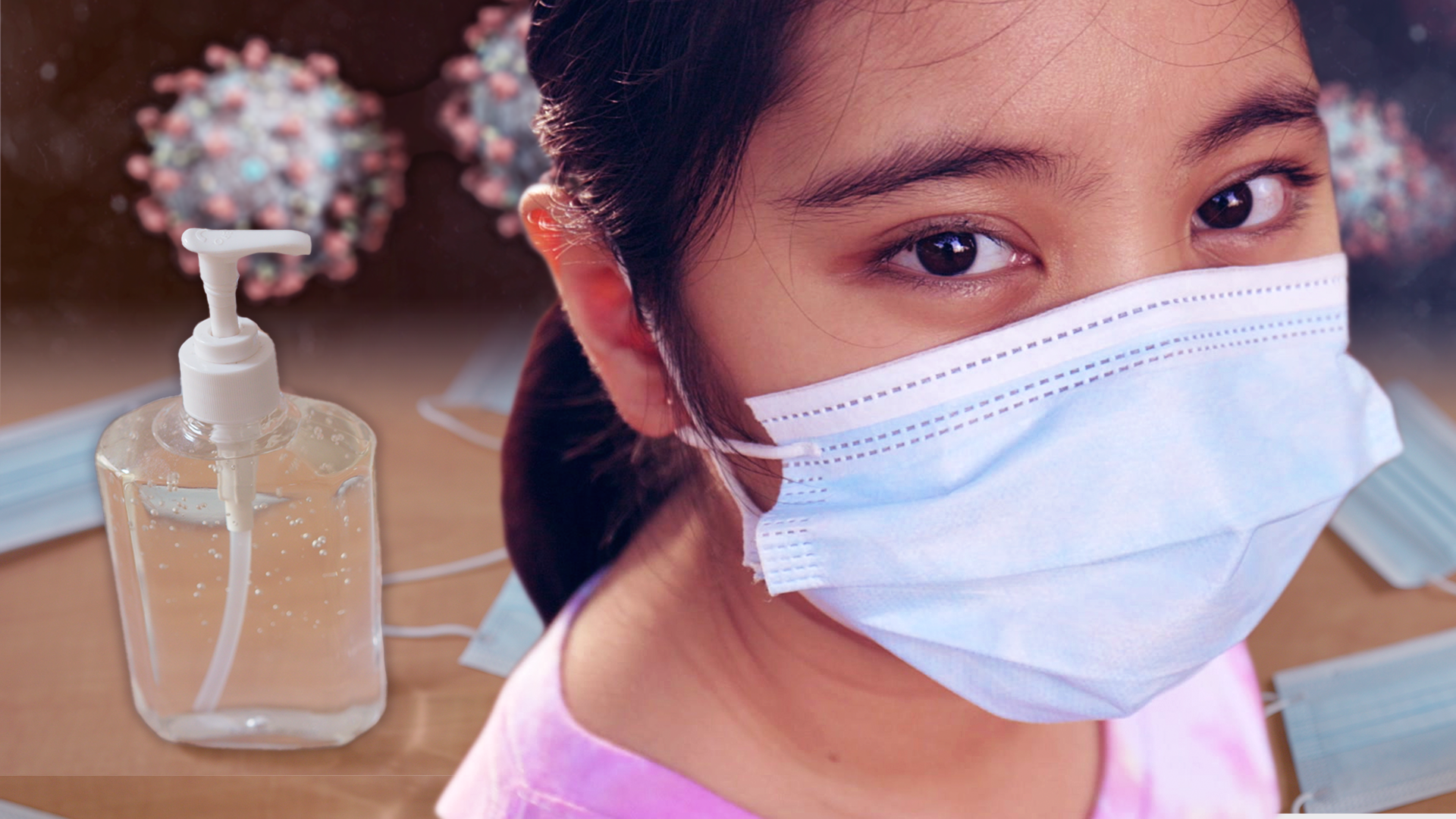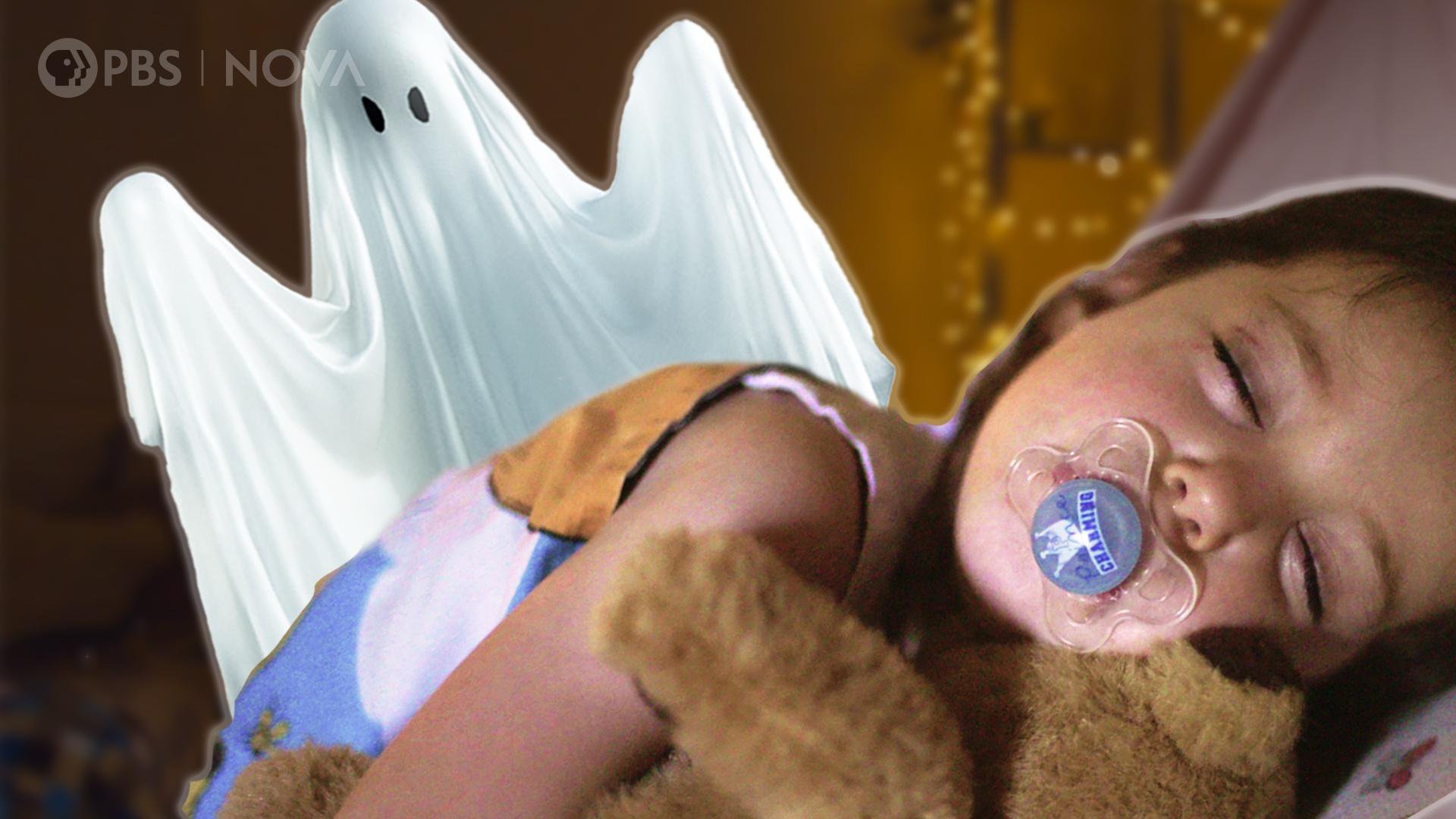Help! My Kid is Teething and Miserable. What do I do?
Teeth: You may think of them as simple bones in our mouths, but they’re much more powerful than they appear. Teeth are designed to withstand anything hot, cold, chewy, soft, or hard thrown at them—and growing them is no walk in the park.
In this episode of Parentalogic, hosts Alok Patel and Bethany Van Delft take a bite into the topic of teeth, offering a look at the “teething timeline” for children—from gummy mouths all the way to pearly-white adult teeth—and offer tips on talking to your children about dental hygiene and visits to the dentist.
Teething starts during your infant’s first year: Baby teeth emerge at the front of the mouth first and, over the next two to three years, make their way toward the back. The first of your child’s 20 baby teeth to fall out are generally also the ones in the front of their mouth. Your child will likely start losing baby teeth at six or seven and will stop around ages 10 to 14. By the time your kid is 13 years old, they’ll likely have 28 permanent teeth, and by age 21, they’ll probably have wisdom teeth, too.
“Teething is one of those things nobody tells you about,” Bethany says. But when it happens, it can leads to fussiness for a baby. Teething can cause irritability and trouble eating, which often results in crying, Alok explains. “It can make [babies] feel warm, too,” he says, “Not an infectious fever, but it does elevate their core body temperature.” Children can also find themselves experiencing “referred pain”: sensitivity or discomfort from teething can express itself in different places in the body, outside of the mouth. Your child may tug at their ear or rub their cheek on a surface when they begin teething, for example.
Although the resulting baby teeth are temporary, they still need to be taken care of. Brushing baby teeth can prevent oral pain or infection and better protect permanent teeth underneath, which can experience damage or decay if the baby teeth are not well cared for. And surprisingly, early speech development is reliant on proper dental hygiene. “As soon as a child’s teeth begin to emerge, they should be brushed by an adult,” Alok says. “By the time kids are one-and-a-half or two years old, an adult should be brushing their teeth at least twice a day for a full two minutes, starting in the back near the molars where cavities are more likely to form.” For kids that are three years old and under, a toothpaste dollop the size of a grain of rice should suffice. For those three to six years old, a pea-size amount of toothpaste is best.
Teething is a milestone that doesn’t come without aches and pains. But chew on this: we’re here to help you tackle proper dental care every step of the way.
Subscribe to the YouTube channel and receive alerts when new episodes launch!

